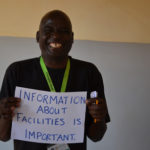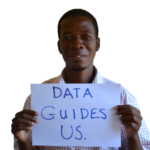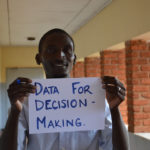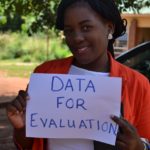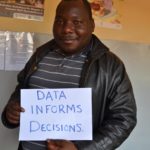District Health Information Software
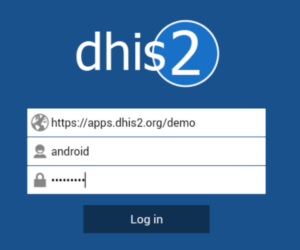
District Health Information Software (DHIS2) is a National aggregate Data repository for the Ministry of health. Piloted in the year 2000, it has over ten programmes currently reporting using the system. Initially, it was being implemented as a stand-alone system in various hospitals ( DHIS 1) until 2013 when it was centralized and became an online system. It has over 3000 users.
There are efforts under the Kuunika data for Action project to ensure that DHIS2 is able to interoperate with other information systems in the health sector like Open Logistics Management information System – OpenLMIS and Department of HIV and AIDS Management Information System – DHAMIS through the Interoperability layer
Interoperability Layer
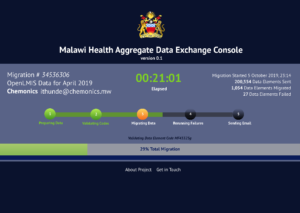
Interoperability is a web-based platform that will allow dissimilar systems to share data automatically. The interoperability layer will provide a channel that will allow health information systems to share information. The implementation of the Interoperability Layer will help improve public health reporting from HIS to Health Management Information Systems (HMIS) such as DHIS2.
Sharing health information through the Interoperability will help providers give better quality care to their patients. It will help providers better manage a patient’s health history. It will help to give providers more timely access to patient information. It will also allow providers to access patient information without requiring patients to get paper copies of their medical records from their previous provider.
Master Health Facility Registry
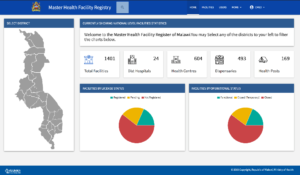
Master Health Facility Registry (MHFR) is a system that contains all locations where health services are offered. The MHFR’s main purpose is to be the one true guide of Health Facility Information in the country. On the one hand, it provides public users, researchers, health worker and any other stakeholders an accessible platform to find out about Health Facilities they care about and any information related to those facilities. On the other hand, MHFR serves as a facility dictionary to help translate what a Facility means from one system to another.
MHFR will be implemented to address some of the challenges faced in the health sector by eliminating parallel and multiple facility lists existing under each health information system, rationalizing naming for all health facilities, standardizing the attributes and characterization of each facility thereby, eliminating confusion and duplication, and promoting data sharing among existing systems.
Mobile Tool Supervision
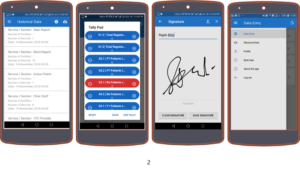
Mobile Supervison Tool is a mobile application to digitize the process of the quarterly HIV/AIDS and TB integrated supervision exercise that was initiated by The Department of HIV/AIDS, Ministry of Health of Malawi and the Kuunika Project. Standard supervision forms are used to guide implementation of the supervision. The information collected include the collection of site information, M&E reports, drug stock and site specific performance feedback. The data collected on paper-based system requires two weeks of manual data entry, and further data verification and cleaning. The mobile application is expected to streamline the data collection process and remove the back-data entry process, improve overall data quality and integrity
The goal is to develop a mobile tool for the Department of HIV and AIDS that would adapt to frequent changes that are made every quarter. A tool that would adhere to supervision protocols from form sectioning and assignment before the supervision starts, to merging data from different team members devices into one master device for the supervisor to verify before sending to the server.
Health Management Information system

An HMIS Dashboard application is a mobile version of interactive dashboards found in DHIS2. It displays graphs and charts that have been updated in DHIS2 according to national health indicators. The unique feature of this app is the ability to load dashboards on click unlike other similar apps found on the web.
The purpose of this app is to increase access to data from DHIS2 to all individuals at all levels of care who use mobile devices. It is expected that the majority of health care workers will be able to view DHIS2 data using this app and this will accelerate the use of digital data for decision making.
Recent News
Copyright @ 2019 Kuunika

